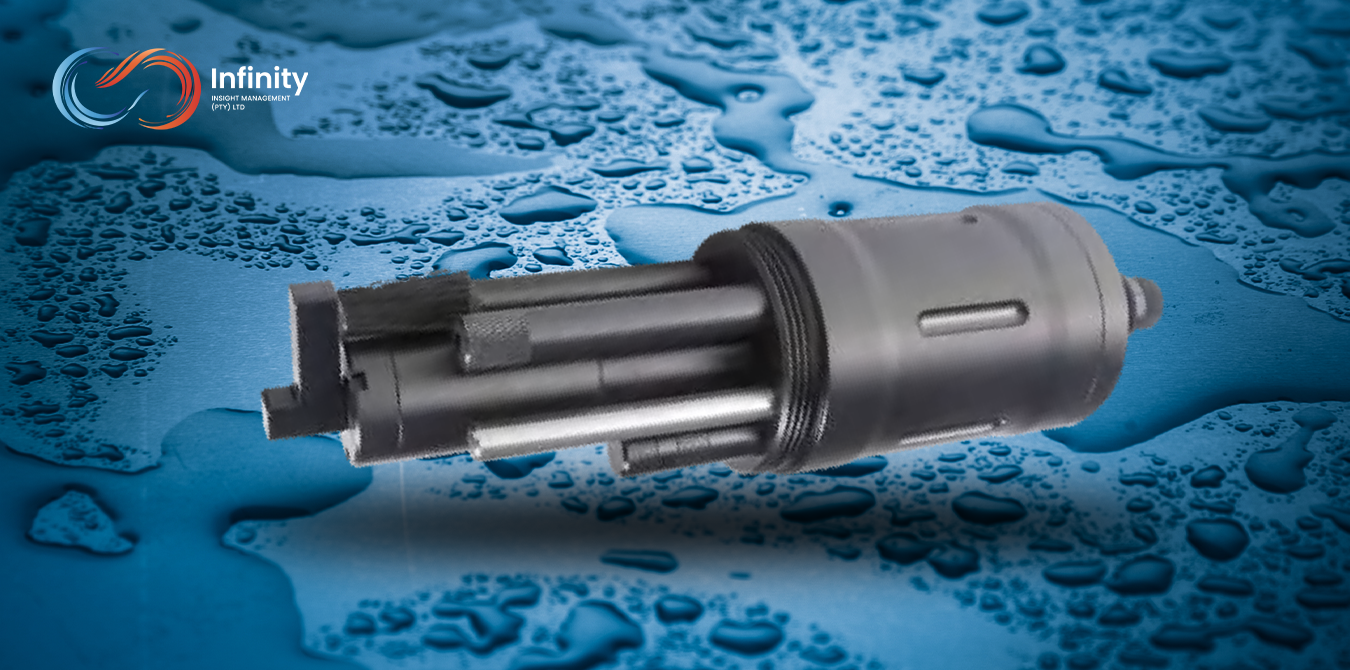Enhancing Water Quality Monitoring with Digital Ammonia Nitrogen Sensors
⬅ Back to Posts
Ammonia nitrogen is a critical parameter in water quality monitoring, significantly affecting aquatic life, wastewater treatment, and industrial processes. Traditionally, ammonia sensors require frequent calibration and manual intervention, which makes them labor-intensive and prone to errors. However, digital ammonia nitrogen sensors offer a modern, efficient solution for real-time monitoring and precise measurements.
What is a Digital Ammonia Nitrogen Sensor?
A digital ammonia nitrogen sensor is an advanced analytical instrument that measures ammonia nitrogen concentrations in water. In contrast to conventional sensors, digital models integrate smart technology, automated calibration, and real-time data transmission. As a result, they offer improved efficiency, reliability, and accuracy.
Key Features of Digital Ammonia Nitrogen Sensors
1. High Accuracy & Stability
These sensors utilize advanced ion-selective electrode (ISE) or optical technology to deliver precise readings with minimal interference. Consequently, they are ideal for applications that demand high reliability.
2. Real-Time Monitoring & Data Logging
Continuous monitoring allows for immediate response to fluctuations in ammonia nitrogen levels. Therefore, this enhances process control and ensures better regulatory compliance.
3. Remote Connectivity & Integration
They are compatible with SCADA, IoT platforms, and industrial automation systems. In other words, they allow seamless remote monitoring and smarter data analysis.
4. Self-Calibrating & Low Maintenance
These sensors reduce downtime and operational costs by automatically compensating for environmental variations. Moreover, they require minimal manual calibration.
5. Versatile Applications
Digital ammonia sensors are used in a variety of industries, including wastewater treatment, aquaculture, drinking water monitoring, industrial process control, and environmental research. As such, they provide flexible, wide-reaching utility.
Benefits of Using Digital Ammonia Nitrogen Sensors
Improved Accuracy: Reduces errors caused by manual calibration and environmental fluctuations. This means more reliable data.
Increased Efficiency: Automation allows for proactive water quality management. Additionally, it reduces labor costs.
Regulatory Compliance: Provides continuous, trustworthy monitoring to ensure adherence to environmental and industrial standards.
Cost-Effective: Over time, operational expenses are reduced through lower maintenance and longer sensor lifespan.
Choosing the Right Digital Ammonia Nitrogen Sensor
Furthermore, when selecting a digital ammonia nitrogen sensor, it's important to consider the following:
- Measurement range and precision requirements
- Environmental factors such as temperature, pH, and potential interferences
- Integration capabilities with your existing monitoring systems
- Long-term maintenance needs and operational costs
Ultimately, the right sensor will depend on your industry’s specific needs and compliance goals.
The adoption of digital ammonia nitrogen sensors marks a significant advancement in water quality management. Thanks to real-time monitoring, automated calibration, and remote connectivity, these sensors provide industries with a reliable, cost-effective solution. By investing in digital ammonia sensors, you ensure higher accuracy, lower maintenance, and long-term operational efficiency.
Ready to Upgrade?
Looking to upgrade your ammonia nitrogen monitoring system?
👉 Contact Infinity Insight Management today to find the best solution tailored to your industry!
